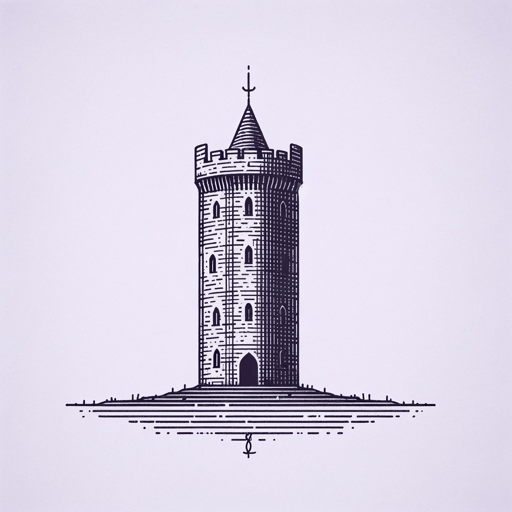17 pages • 34 minutes read
Thomas HardyChannel Firing
Fiction | Poem | Adult | Published in 1914A modern alternative to SparkNotes and CliffsNotes, SuperSummary offers high-quality Study Guides with detailed chapter summaries and analysis of major themes, characters, and more.
Background
Literary Context
The turn of the 20th century was defined by a new, fast-paced way of life and a constant state of flux. With massive innovations in technology during this period, life was becoming more convenient than ever. However, the growing pervasiveness of new technologies accompanied by increasing urban sprawl and multiple successive wars left many writers and artists during this period feeling isolated, disjointed, and out of place. The literary movement that emerged during this time is known as Modernism, which found its manifestation in the disjointed, confrontational, confused, and cynical attitudes of writers like Ezra Pound, Gertrude Stein, and T.S. Eliot. For many modernists, values and ideals that were previously concrete and that were lauded as worthy of preservation were now toothless in the face of death and destruction. Belief systems that included classical art, religion, and philosophy crumbled from postwar anxiety because they no longer offered compelling answers for humankind’s plight. The modernists’ anxious querying of moral and ethical pitfalls resembles the dead querying the fate of humankind in “Channel Firing.” From Eliot’s “The Waste Land” to Ezra Pound’s search for an earthly paradise, the modernists assessed the surrounding destruction and asked “why” and “what now” through the written word: Unlike the dead in “Channel Firing,” however, many didn’t even find a God, let alone a lackluster one, that was capable of providing answers.
Related Titles
By Thomas Hardy

Ah, Are You Digging on My Grave
Thomas Hardy

At an Inn
Thomas Hardy

Far From The Madding Crowd
Thomas Hardy
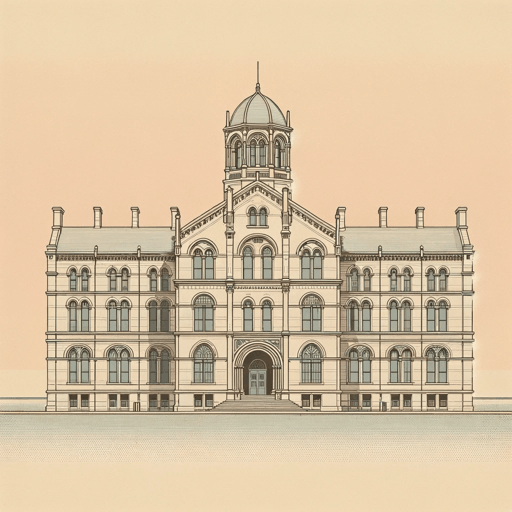
Jude the Obscure
Thomas Hardy
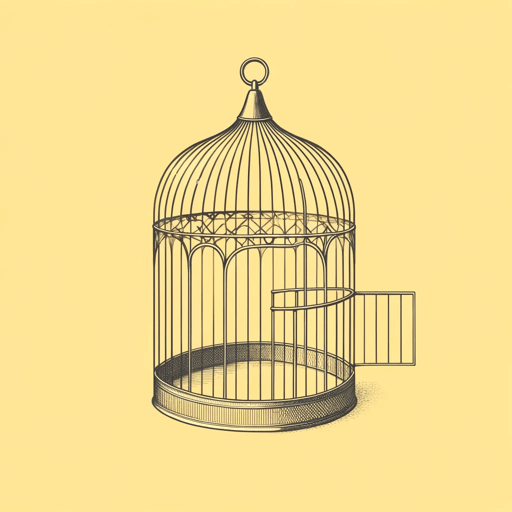
Tess of the D'Urbervilles
Thomas Hardy

The Darkling Thrush
Thomas Hardy
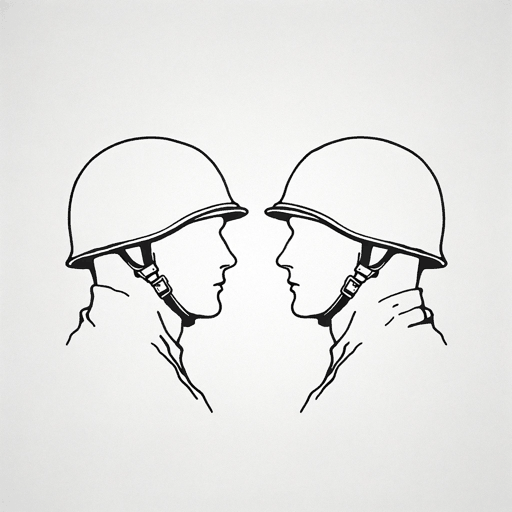
The Man He Killed
Thomas Hardy
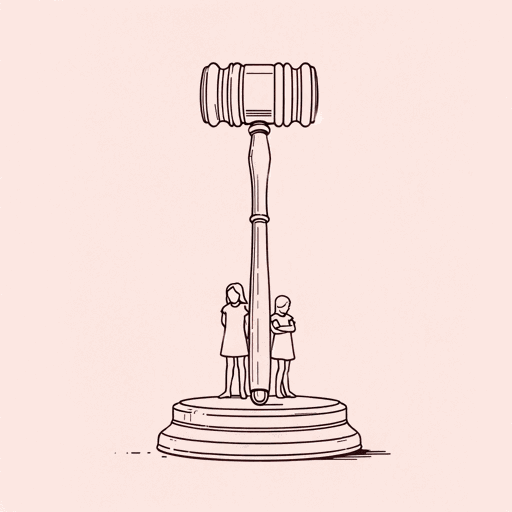
The Mayor of Casterbridge
Thomas Hardy
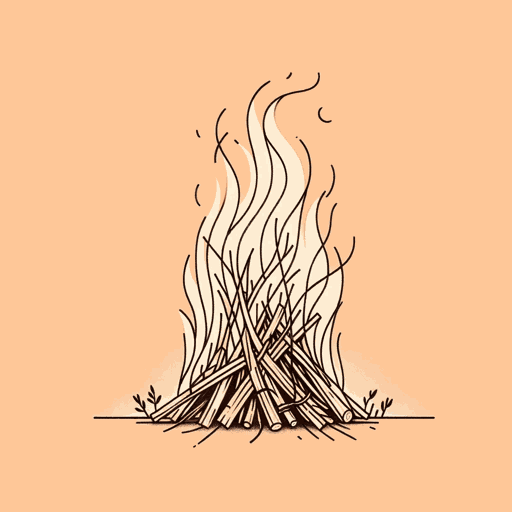
The Return of the Native
Thomas Hardy

The Withered Arm and Other Stories
Thomas Hardy

The Woodlanders
Thomas Hardy
Featured Collections
Christian Literature
View Collection
Memorial Day Reads
View Collection
Military Reads
View Collection
Poems of Conflict
View Collection
Romantic Poetry
View Collection
Satire
View Collection
Short Poems
View Collection
Victorian Literature
View Collection
Victorian Literature / Period
View Collection
War
View Collection
